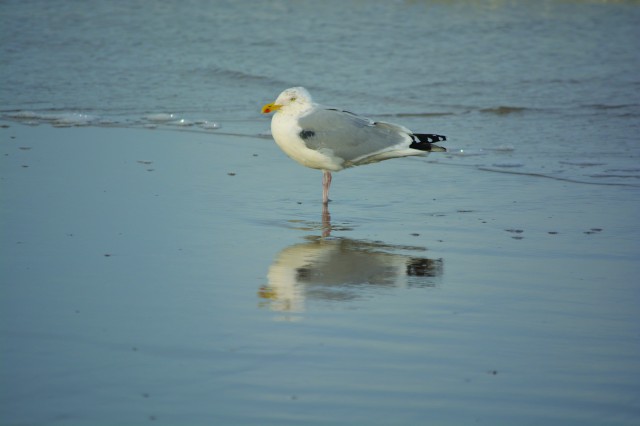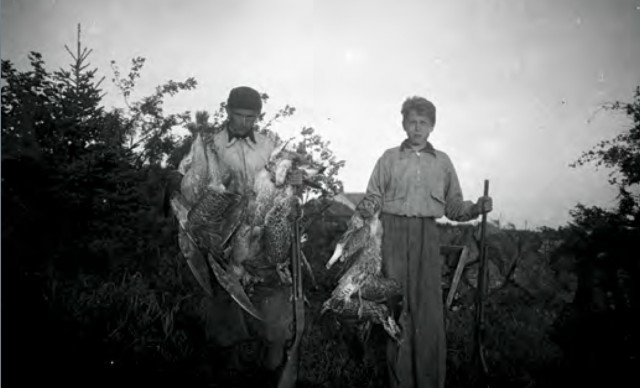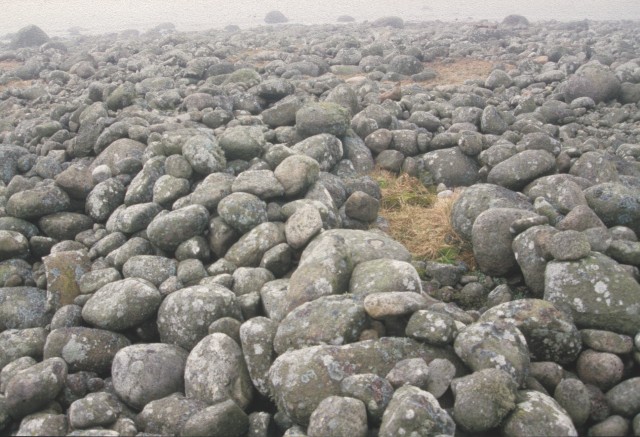To walk the shore for gulls

To walk the shore for gulls, to hunt for seagulls, was a common practice at Lista up to the Second World War The shooting was done from small stone "castles" by the shoreline, called "måkestille". This hunt brought a valued offer of fresh meat back to the household.
Many were very passionate about this way of hunting. Grown men could be in the middle of work back at the farm, but when a shot was heard from the "gull-beach" there was nothing for it but to reach for one’s gun and run along down there. The gull-hunters would sit in hiding and shoot from the "måkestillet". The birds could be lured towards the hide in several ways, for instance by waving chopped off gullwings. This was called to "blekke".
When the seagulls were shot and brought in to the house all resources they offered would be used. The feathers would go into a sack and the down into a canvas bag. The gull meat could be fried or cured, and gull soup was a common, highly valued dish. If the catch was a good one there was more meat than what one could use immediately, it would be salted and laid down in barrels. Remains of such hunting hides are to be found many places along the coast of Lista.
There were intricate, internal rules for how the hunt was conducted, with their own terminology like "eierskot" og "bonk".
“Eierskotet”, the right to shoot first fell to the one that reached the hide first. When he had fired a shot it was the next in line to shoot, but only if he had reached the hide before the first shot was fired.
If “eierskotet” missed the seagull everyone else could “bonke”, meaning that they could loosen shots at the seagull without it counting in the order.
 Good catch from the “gull-beach” 1938.
Good catch from the “gull-beach” 1938.
 "Måkestille" from the Lista shore-line.
"Måkestille" from the Lista shore-line.